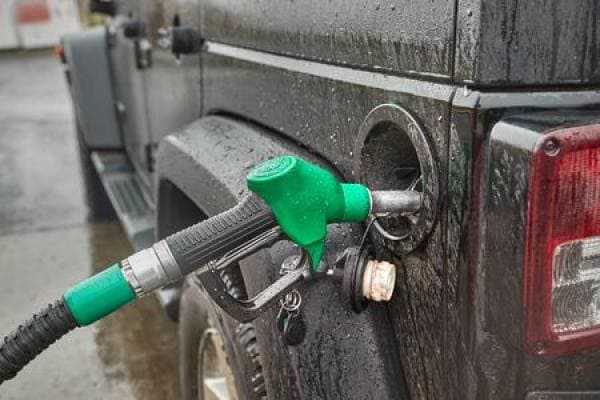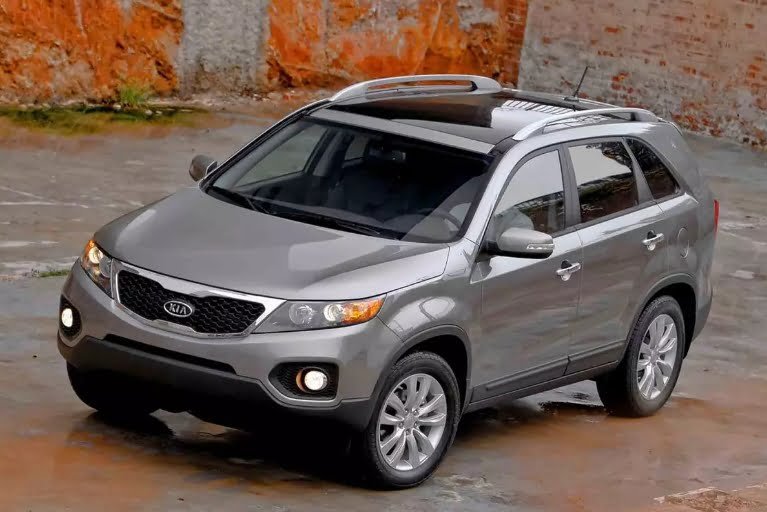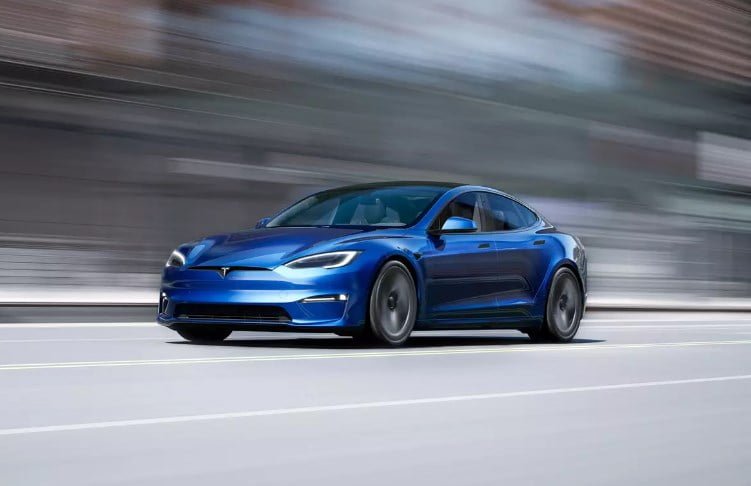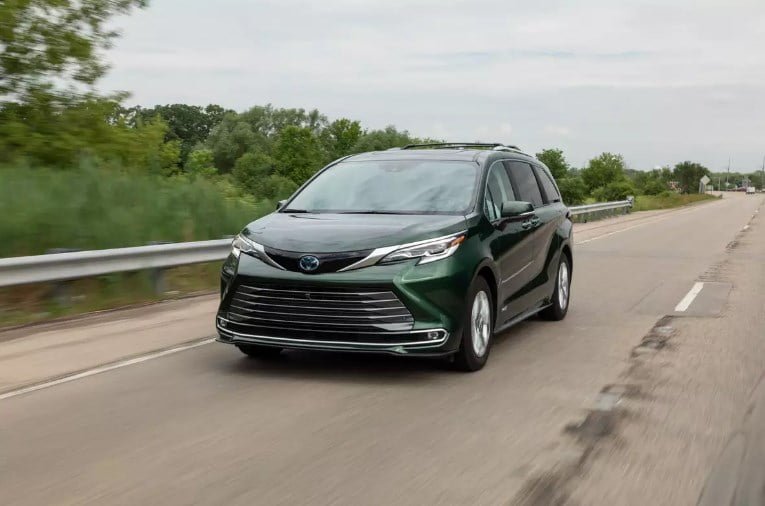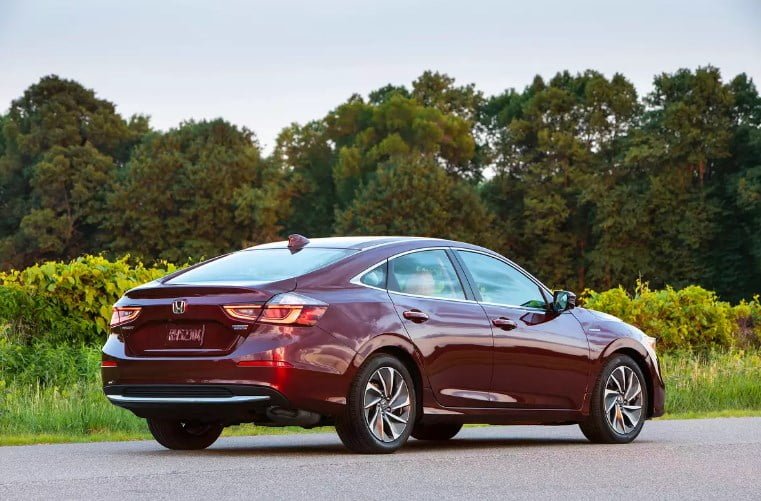What are these causes for worse fuel economy when the temperature drops?
The Engine Has to Run Richer
Gasoline has to vaporize in order to burn well in the engine, and gas doesn’t vaporize as easily in cold air as it does in warm air. When it’s cold out, the fuel mixture has to be “richer,” meaning there’s proportionally more gas injected into the engine than usual and, therefore, reduced fuel economy. This situation improves as the engine warms up, so it’s mostly an issue when the car is first started.
‘Winter Mix’ Gasoline
In cold climates, there’s a special winter mix of gas containing additives that allow it to burn more readily for easier starting. But those additives slightly reduce the amount of energy the gas contains — and thus, the quantity needed to produce a given amount of power — which lowers fuel economy.
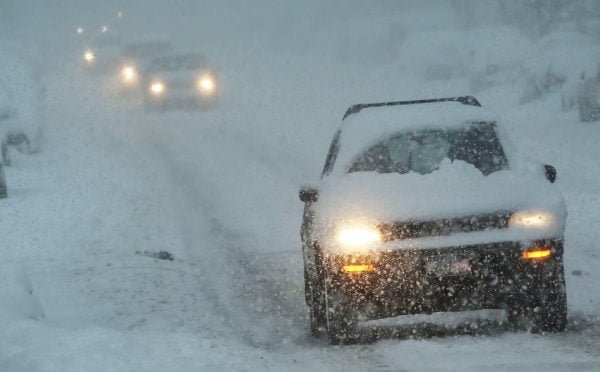
Thicker Lubricants
There are many lubricants used in a car beyond just engine oil. Virtually anything that rotates needs lubrication, and most lubricants get thicker when it’s cold. That increases “drag” on the moving parts — which includes bearings in the engine, transmission, differentials and wheel hubs — making them harder to turn and thus requiring more energy to move them. (A “thinner” engine oil is sometimes recommended for cold-weather driving, though it’s partly to improve circulation at startup.) The good news is that running the car warms these lubricants up, so this is a problem largely resolved just by driving.
More Electrical Drain
Electric heating elements used in the rear-window and side-mirror defrosters, as well as the heated seats and steering wheel, require a fair amount of electrical power. This puts more of a load on the alternator and engine, which takes some toll on fuel economy. Ditto for the heater fan. Furthermore, the battery isn’t as efficient at cold temperatures, aggravating the problem.
The Increased ‘Drag’ of Cold Air
Cold air is denser than warm air, so it’s harder for your car to push through it. However, this isn’t nearly as much of a factor at around-town speeds as it is at highway speeds.
Cold Air Lowers Tire Pressures
Tires lose roughly 1 pound of air pressure for every 10-degree Fahrenheit drop in temperature, and underinflated tires result in more rolling resistance, which requires more power (and more gas) to move the car. More importantly, low tire pressures are a safety hazard. While tires will gain a bit of pressure as they’re driven on due to heat buildup, the problem can be solved by inflating your tires to the proper pressure when winter hits.
Snow and Ice on the Roads
It’s harder to “push” your car through snow on the road, so driving through the white stuff can decrease your fuel economy. Tire slip when accelerating on snow and ice can also reduce fuel efficiency, though that’s minimized in modern cars with traction control.
Idling the Engine to Preheat the Interior
While it’s nice to get into a warm car — and it’s true that a warm engine uses less fuel — warming up the engine via idling is a much slower and less efficient way than driving the car. Figure on using about a quarter-gallon of gas per hour of idling as a low estimate for a car with a four-cylinder engine up to a half-gallon of gas per hour on the high side for a V-8. Sure, you’re usually only doing it for a few minutes, but it adds up over the course of a tankful.
The 15% Solution
The Department of Energy estimates that cold weather (20 degrees) reduces fuel economy in a traditional gas-powered car by an average of 15% — or 24% for trips of less than 4 miles — compared to a 77-degree day. Hybrids fare even worse, with an average reduction of 30%-34% or up to 45% on short trips. So if the fuel-economy loss you’re seeing is within those ranges, it’s to be expected.




